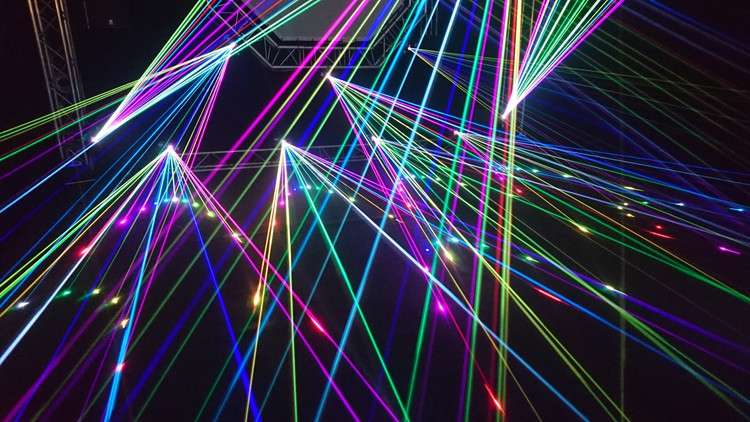
Mastering Sensors and Actuators for Electronics, IoT, and Automation
What you will learn
Comprehensive Knowledge on sensors and actuators
Practical Applications of sensors and actuators
Circuits for sensors and actuators
Practical Implementation using microcontroller based interface
Basics of sensors and actuators
Sensors and actuators using MEMS technology
Description
Course Title: Exploring Sensors and Actuators: Theory, Practice, and Applications
Course Description:
Are you ready to dive into the exciting world of sensors and actuators? In the modern age of technology, these devices play a pivotal role in shaping our world, from smart homes to autonomous vehicles and beyond. “Exploring Sensors and Actuators” is a comprehensive Udemy course that takes you on a journey through the theory, practical application, and real-world use cases of these fundamental components.
Course Overview:
This course is your gateway to understanding how sensors gather data from the physical world and how actuators transform that data into real-world actions. Here’s what you’ll explore:
- Foundations of Sensing and Control: Start by grasping the core principles of sensors and actuators, their various types, and the essential functions they perform in electronics and automation.
- Operating Principles: Delve into the inner workings of sensors and actuators. Learn about analog and digital signal processing, transducers, and control systems, and how they are integral to these components.
- Real-World Applications: Explore an array of real-world applications, from environmental monitoring and healthcare to robotics and smart devices. Understand how sensors and actuators are integrated into these contexts.
- Selecting the Right Components: Gain the skills to choose the most suitable sensors and actuators for specific projects based on your unique requirements, be it precision, range, or response time.
- Hands-On Projects: Put your knowledge to the test by engaging in hands-on projects. Build a weather station, design a home automation system, or create a robotic arm – practical experiences that reinforce your understanding.
- Programming and Integration: Learn how to interface sensors and actuators with microcontrollers, and master the art of writing code to gather data from sensors and control actuators in your applications.
- Optimization and Troubleshooting: Discover methods to troubleshoot common issues, calibrate sensors, and optimize actuator performance to ensure the reliability of your systems.
- Emerging Trends: Get a glimpse of what the future holds for sensor and actuator technology, including advancements in the Internet of Things (IoT) and artificial intelligence.
Who Should Take This Course:
- Electronics enthusiasts, hobbyists, and DIY makers
- Students pursuing STEM fields (Science, Technology, Engineering, and Mathematics)
- Engineers, technicians, and professionals seeking to enhance their skill set
- Individuals interested in smart technology, IoT, and automation
Why Enroll:
Upon completing this course, you’ll possess a robust understanding of sensors and actuators, enabling you to apply this knowledge to a wide array of projects and applications. Whether you’re a novice or an experienced enthusiast, this course equips you with the tools you need to thrive in the world of technology and innovation.
Join us on this exciting journey into the world of sensors and actuators. Enroll now to explore the theory, practice, and real-world applications of these fundamental electronic components.
Prerequisites:
- Basic knowledge of electronics is helpful but not required.
- Access to a computer for programming and interfacing exercises.
- A passion for learning and experimenting in the world of sensors and actuators.
Content